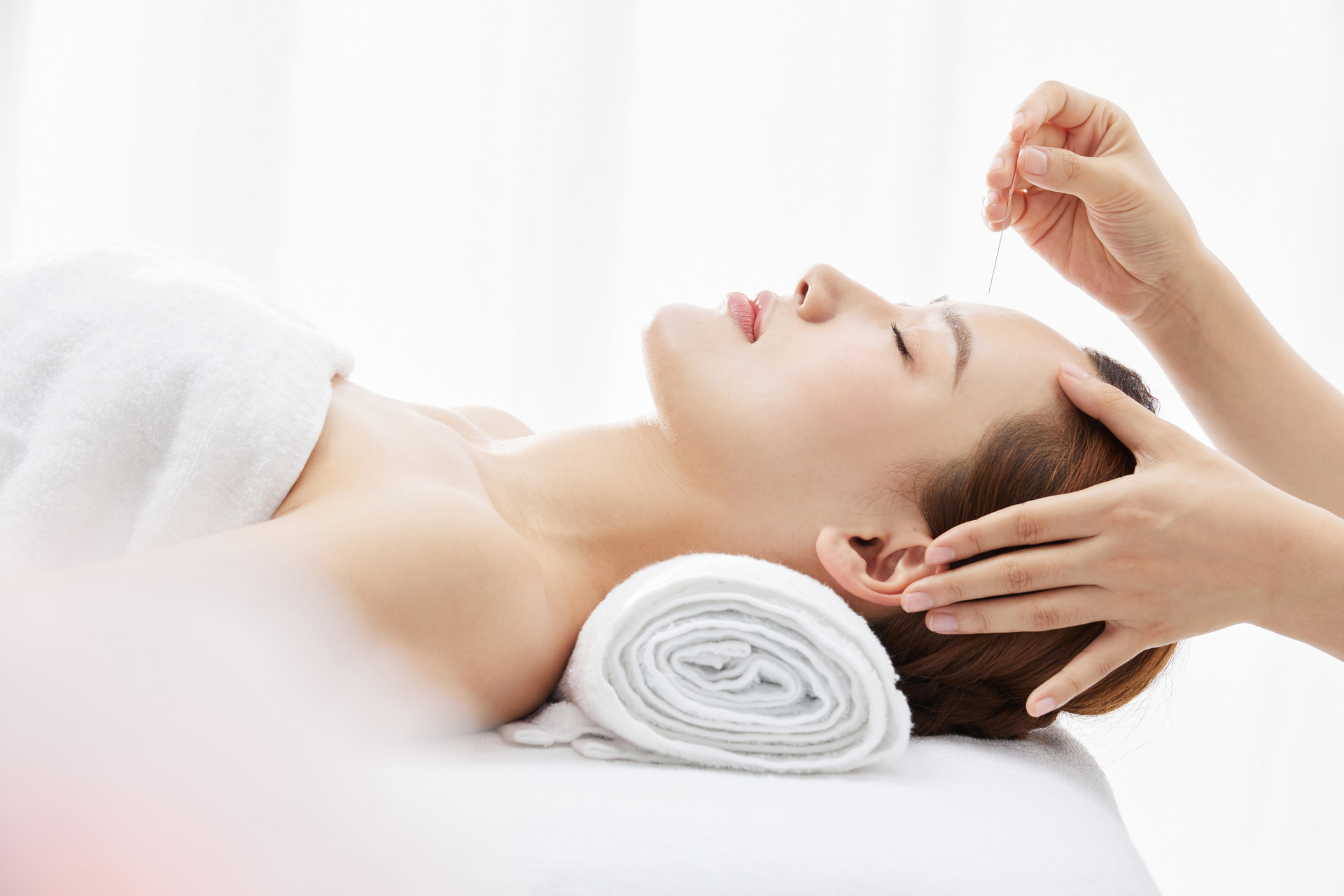After giving birth, it is well known that women should observe a postpartum confinement period. This not only helps the mother's body recover, but also prevents diseases and ensures sufficient breast milk production. The use of moxibustion for postpartum conditioning has also been recognized by doctors. Let's explore the benefits and methods of postpartum moxibustion below.
Why is it necessary to observe a postpartum confinement period?
1. Resting the body
Firstly, during pregnancy, due to hormonal changes and the impact of fetal growth, women often experience insomnia, which becomes more severe as the pregnancy progresses. As a result, their bodies do not get enough rest.
Secondly, after giving birth, mothers experience significant physical exertion, especially when they have to breastfeed day and night. This combination of factors can lead to exhaustion, both mentally and physically. Therefore, it is necessary to observe a postpartum confinement period to ensure sufficient rest and peace of mind.
2. Ensuring breastfeeding
After childbirth, women's bodies are often weak and depleted of energy and blood. By observing a postpartum confinement period, their bodies can recover quickly, and this also ensures the quality and quantity of breast milk, allowing the baby to be well-nourished.
3. Preventing diseases
After giving birth, women's bodies are relatively weak and vulnerable to diseases, as well as to cold and wind exposure. Additionally, there may be wounds in the genital area, and the discharge of lochia, which can lead to bacterial infection and inflammation if not properly taken care of.
What diseases can postpartum moxibustion treat?
1. Lochia
Lochia is a natural and beneficial physiological phenomenon during the postpartum period, which helps in the recovery of the body. If the uterus does not contract properly, there may be an increase in the amount and duration of lochia. In this case, mild moxibustion can be applied to the Guanyuan, Zhongji, Shangliao, and Ciliao points, with each point being treated for 20 minutes, or until a warming sensation is felt.
2. Back pain
After childbirth, the center of gravity returns to its pre-pregnancy state, but the joints and ligaments remain relaxed for a period of time. Incorrect breastfeeding positions or excessive physical exertion can lead to back pain. Moxibustion on the Dachangshu, Mingmen, and Shenshu points for 20-30 minutes each, once a day, can help alleviate this pain.
3. Stomach discomfort
Due to reduced secretion of gastric acid, weakened gastric and intestinal motility, and prolonged bed rest during the puerperium period, new mothers may experience gastrointestinal discomfort and constipation. Moxibustion on the Pishu, Dachangshu, Tianshu, Daheng, Zusanli, and Shangjuxu points for 15 minutes twice a day, with the presence of flatulence during moxibustion being the desired outcome.
Introduction to postpartum moxibustion therapy
1. Insufficient breast milk
- Weakness in Qi and Blood: If there is no or insufficient breast milk after childbirth, and the milk is thin and the complexion is pale, moxibustion can be applied to the Shaoyang, Tanzhong, Rugen, Zusanli, and Fuliu points.
- Liver Qi stagnation: If there is poor milk production, breast distension and pain, and discomfort in the chest and ribs, moxibustion can be applied to the Shaoyang, Tanzhong, Rugen, Taichong, and Neiguan points.
Moxibustion should be performed for 15-35 minutes each time using a moxibustion device, once a day, for a total of 10 days.
2. Postpartum abdominal pain
Moxibustion can be applied to the Guanyuan, Qihai, Zi Gong, Sanyinjiao, and Zusanli points for 15-35 minutes each time, once a day, for a total of 5 sessions.
3. Excessive lochia
Moxibustion can be applied to the Pishu, Zusanli, Shénquè, Qihai, Xuehai, and Sanyinjiao points for 15-35 minutes each time, once a day, for a total of 7 days.










